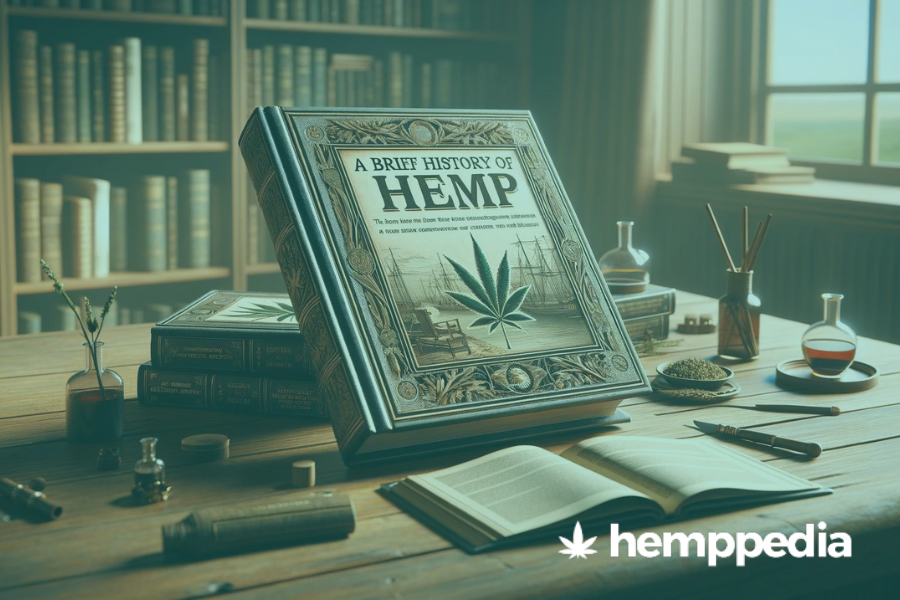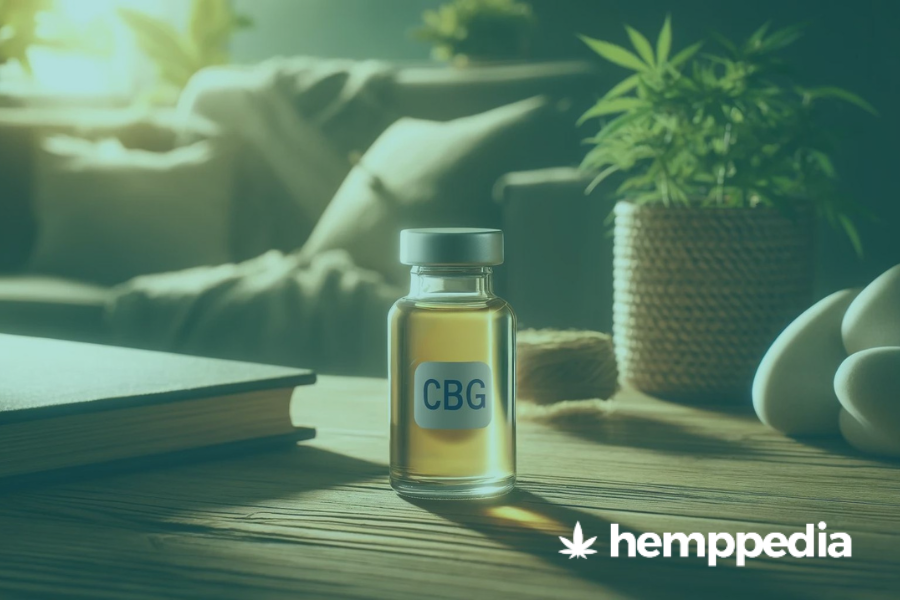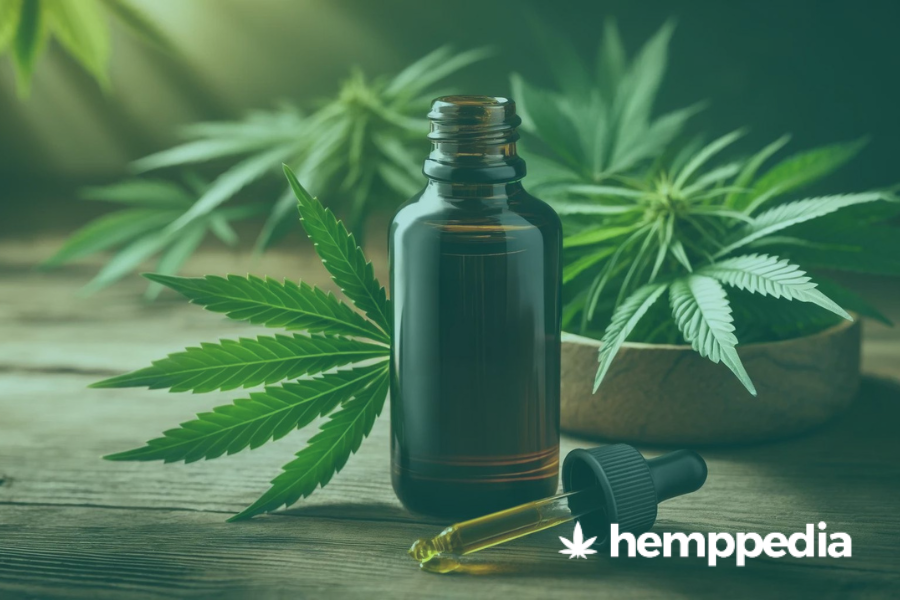The history of the hemp plant stretches back to 10,000 years ago. Carbon tests suggest that1 Hemp was used as far back as 8,000 B.C. Great Britain’s history indicates that cultivation of hemp has been done since 800 A.D. During the 16th Century Henry VIII told farmers to plant hemp plant in large amounts to offer materials for British Naval fleet. Full grown hemp has a height of 10-15 feet and it has a fibrous trunk to support its weight.
Hemp is majorly found in the northern hemisphere and is a variety of the cannabis Sativa species. Hemp is grown for the industrial use of its derived products. It has lower concentrations of tetrahydrocannabinol (THC) – a substance that changes the functioning of the brain- and higher levels of CBD (cannabidiol)
What Is The Hemp Plant Used For?
As highlighted in the introduction, hemp has been in existence for many years. Ancient people found this plant useful in various ways and to date, the hemp plant has several uses. In Great Britain, hemp was used in the construction of battleships and their components.
Hemp in The East
In Asia, the Chinese2 were the first to participate in hemp cultivation. They used this plant for many things, but primarily it was used for medicinal purposes. History shows that they used the plant’s roots for healing blood clots and infections3. The rest of the plant’s parts were used to prevent hair loss and stomach aches4. Modern science has proved these two major uses.
In the modern day, hemp has been used in various recipes due to its health benefits to humans. It is rich in fatty acids and amino acids which are essential components in a diet. Just like regular nuts, hemp nuts can be consumed in the same way.
Extensively, hemp has been used to produce salad oil that is used in many homesteads today. Due to the numerous benefits of using this plant’s products many people prefer salad oil made from hemp than any other in the market.
The hemp plant is also used in pet food. When mixed with cat food, it turns their coats healthy and shiny. The plant is also used for dogs, cows and horses food as a supplement.
Another useful function of hemp is to maintain healthy skin. Hemp is used in making lotions that nourish and moisturize the skin. The hemp plant contains essential fatty acids that aid in ailing of dry, cracked skin. Oil generated from hemp is used to manufacture many oil-based products. Paint made from hemp oil lasts longer than the ordinary paints. Additionally, hemp oil is non-toxic and environmentally friendly.
Hemp Around The World
In the west, the hemp plant is used in the textile industry. It’s used to make a variety of fabrics which are similar to cotton but more durable. The oldest known fabric, the first pair of jeans, and even the first American flag were made from hemp. The hemp plant was the dominant material for the clothing industry until cotton came along.
Hemp oil has been used as fuel for a long time. Until the 1870s it was used as fuel in many American households until petroleum was introduced. Today, hemp oil is used in creating biofuels that replace gasoline5 used in diesel engines. Biofuel is much better for the environment as it is renewable and doesn’t produce hazardous gases like carbon monoxide.
Hemp has also provided an alternative for plastic products. Most of the things we purchase are wrapped in a plastic bag. This is dangerous to the environment since they are not biodegradable. Hemp provides a better alternative through the production of recyclable containers.
Where is Hemp Legal?
It should be noted that industrial hemp is not cannabis. There are various countries where hemp is legalized and others where it is termed as illegal to consume the plant or the plant products.
Related article: Is CBD Legal In My Country?
How Hemp Effects The Body
Hemp seeds have incredible nutritional value. The seeds contain over 30% fat. They are rich in alpha-linolenic acid and fatty acids. The seeds also have gamma-linolenic acid which has numerous health benefits. The omega-3 fatty acids in the seeds reduce the risk of cardiovascular diseases when consumed.
Cannabidiol (CBD) is one of the most significant discoveries in the world today. CBD is a natural compound found in hemp as noted earlier. CBD has become one of the best breakthroughs in the world of medicine. It is used to treat a plethora of diseases and conditions in both humans and animals.
Hemp has also been identified as an effective treatment for heart disease6. The seeds of the plant contain amino acid arginine which is used for nitric acid production in the body. This acid makes the body’s blood vessels dilate and relax hence leading to lower blood pressure and low chances of heart disease.
Hemp is also useful in aiding digestion and treating many digestive conditions such as Crohn’s Disease. Fiber is a crucial part of our diet link with better digestion. Hemp seeds are vast sources of 80% insoluble and 20% soluble fiber. The soluble fiber is a valuable source of nutrients for digestive bacteria. It also reduces spikes in blood sugar as well as regulating cholesterol. Insoluble fiber has been identified with reduced cases of diabetes.
Studies On Hemp
Over the years, hundreds of studies7 have been conducted concerning CBD and its usefulness to the human body8. Many of these studies have contributed to the understanding and acceptance of CBD as a profitable substance. The World Health Organization published a document in June this year about an overall update on CBD9. It showed that it is safe to consume, and minor side effects such as diarrhea, changes in appetite and tiredness were not comparable to the benefits offered by CBD.
In fact, the side effects of pharmaceutical drugs used for similar medicinal purposes as CBD are far worse than the side effects of CBD. This is important to consider when giving medication to patients since few side effects ensure patients stick to the treatment.
Since ancient times, the hemp plant has many uses and benefits to both humans and animals. It is also interesting to know this plant’s seeds has more health benefits than anyone could imagine.
References
- Zatta, A., Monti, A. and Venturi, G. (2012). Eighty Years of Studies on Industrial Hemp in the Po Valley (1930–2010). Journal of Natural Fibers, 9(3), pp.180-196. [↩]
- Antiquecannabisbook.com. (2019). History of Cannabis — Chinese Medicine. [online] Available at: http://antiquecannabisbook.com/chap2B/China/China.htm. [↩]
- Sofowora, A., Ogunbodede, E. and Onayade, A. (2013). The role and place of medicinal plants in the strategies for disease prevention. African Journal of Traditional, Complementary and Alternative Medicines, 10(5). [↩]
- Schultz, K., Hayman, L., O’Connell, K., Baum, M., O’Connell, K. and Schultz, K. (2019). Hemp As Medicine From Ancient China To Modern Times. [online] Ministry of Hemp. Available at: https://ministryofhemp.com/blog/hemp-as-medicine/ [↩]
- University, H. and Hemp, U. (2019). Hemp fuel – Hemp.com Inc.. [online] Hemp.com Inc. Available at: http://www.hemp.com/hemp-university/uses-of-hemp/hemp-fuel/ [↩]
- Rodriguez-Leyva, D. and Pierce, G. (2010). The cardiac and haemostatic effects of dietary hempseed. Nutrition & Metabolism, 7(1), p.32. [↩]
- The MCAA. (2019). List of CBD’S & Cannabis studies. [online] Available at: https://www.themcaa.net/list-of-cbds–cannabis-studies.html [↩]
- Kogan, N. and Mechoulam, R. (2019). Cannabinoids in health and disease. Dialogues in Clinical Neuroscience, 9(4), pp.413–430. [↩]
- Expert Committee on Drug Dependence (2018). CANNABIDIOL (CBD). [online] World Health Organization [↩]



